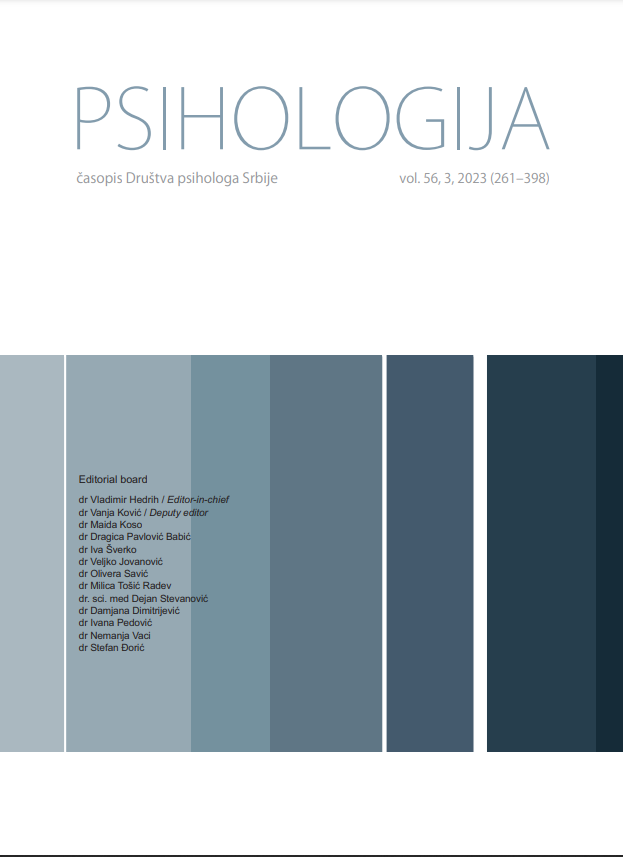Measurement equivalence of two methods of online administration of the vocational gender stereotype attitudes scale (VGSA) - the supervised in-class and the unsupervised at-home scale administration method
Measurement equivalence of two methods of online administration of the vocational gender stereotype attitudes scale (VGSA) - the supervised in-class and the unsupervised at-home scale administration method
Author(s): Mirta BlaževSubject(s): Social Sciences, Psychology, Developmental Psychology, Personality Psychology, Organizational Psychology
Published by: Društvo psihologa Srbije
Keywords: measurement equivalence; career gender stereotypes; online survey; computer-based survey; adolescents
Summary/Abstract: During the 2020-2022 COVID-19 global pandemic many researchers had to adopt or switch to online testing, which emphasized the need for ensuring measurement equivalence across different administration methods. The aim of this study was to determine whether gender stereotype measure (VGSA scale; Vocational Gender Stereotype Attitudes Scale) is equivalent in two different computer-based administration modes: supervised in-class and unsupervised at-home web survey. In-class web survey participants were 219 primary (11 to 16 years old; M = 12.97; SD = 1.16) and 195 secondary (15 to 19 years old; M = 16.78; SD = 0.96) school students that were surveyed in the group setting during a regular school day in their computer classrooms while the researcher was present in the room. At-home web survey participants were 144 primary (10 to 15 years old; M = 11.60; SD = 1.43) and 212 secondary (14 to 19 years old; M = 16.78; SD = 1.22) school students that were surveyed individually through the web link in their homes that was administered to them via the school administration. Results confirmed VGSA scale’s high internal reliability (ɑin-class = .89; ɑat-home = .92), expected bi-factor structure (χ2in-class (12) = 22.56, p = .032; χ2at-home(12) = 17.24, p = .141), and scalar measurement invariance across administration methods (Δχ2(21) = 49.05, p <.001; ΔCFI = –.003; ΔTLI = –.001; ΔRMSEA = .009; ΔSRMR = .013).
Journal: Psihologija
- Issue Year: 56/2023
- Issue No: 3
- Page Range: 323-346
- Page Count: 24
- Language: English, Serbian

